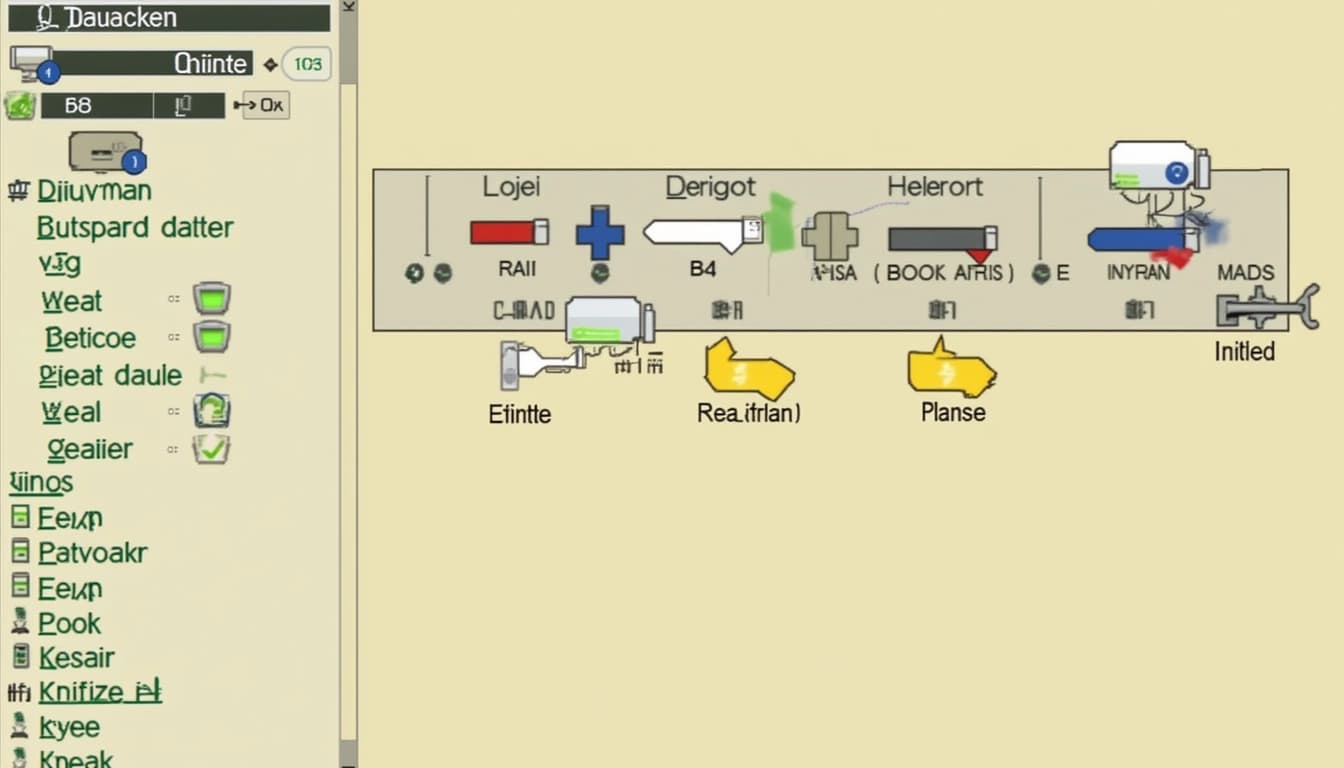
Key Points on RealBasicVSR
By John Doe 5 min
Key Points
Research suggests RealBasicVSR is a tool for upscaling videos, focusing on real-world scenarios with noise and artifacts.
It seems likely that it enhances video quality by 4x, using a pre-cleaning stage and efficient training methods.
The evidence leans toward it being user-friendly, with options like a web demo at [Hugging Face Spaces](https://huggingface.co/spaces/akhaliq/RealBasicVSR) and API access via Replicate.
An unexpected detail is its benchmarking on the VideoLQ dataset, which includes diverse real-world low-quality videos.
Introduction to Video Super-Resolution
Video super-resolution is about making videos sharper and more detailed by increasing their resolution. This is particularly useful for old footage or surveillance videos where higher quality is needed but the original resolution is low.
What is RealBasicVSR?
RealBasicVSR is a model designed for real-world video super-resolution, developed by researchers from Nanyang Technological University. It tackles challenges like noise and compression artifacts, making it ideal for enhancing videos with real-world degradations.
How to Use It
You can use RealBasicVSR through a web demo at [Hugging Face Spaces](https://huggingface.co/spaces/akhaliq/RealBasicVSR), where you upload your video and see the enhanced version. Alternatively, it's available via the Replicate API for integration into applications, or you can install it locally from the GitHub repository at [RealBasicVSR GitHub](https://github.com/ckkelvinchan/RealBasicVSR) for more technical users.
Performance Highlights
Research shows RealBasicVSR outperforms other methods in quality and efficiency, reducing training time by up to 40% without sacrificing performance. It's benchmarked on the VideoLQ dataset, which includes a variety of real-world low-quality videos, ensuring it handles diverse scenarios well.
Survey Note: Upscaling Your Videos with RealBasicVSR
Introduction to Video Super-Resolution
Video super-resolution is a critical technique in computer vision aimed at increasing the resolution of video content, transforming lower-resolution videos into higher-resolution ones while preserving or enhancing visual details. This process is vital for various applications, including restoring old video footage, enhancing surveillance videos for better clarity, and improving the quality of user-generated content for professional use.
Unlike simple scaling, which can result in pixelation, super-resolution leverages advanced algorithms, often powered by deep learning, to intelligently reconstruct missing details, ensuring the output remains visually coherent and detailed. The demand for high-quality video content has surged with the rise of streaming platforms and high-definition displays, making video super-resolution an essential tool for content creators, security professionals, and archivists.
Challenges in Real-World Video Super-Resolution
Real-world video super-resolution presents unique challenges compared to working with synthetically downscaled videos. Real-world videos often suffer from a range of degradations, including noise, motion blur, and compression artifacts, which are introduced during capture, transmission, or storage. These degradations can be complex and varied, making it difficult for traditional models to generalize effectively.
For instance, noise can obscure fine details, motion blur can distort moving objects, and compression artifacts can introduce blockiness, all of which complicate the upscaling process. Another challenge is maintaining temporal consistency across frames. Videos are sequences of frames, and any inconsistency in upscaling can lead to flickering or jittering, which is particularly noticeable in real-world scenarios where camera movement or object motion is present.
Video super-resolution (VSR) is a critical technology in the field of computer vision, aimed at enhancing the resolution of video sequences. While traditional VSR methods have shown promising results on synthetic datasets, they often struggle with real-world videos due to complex and unpredictable degradations. These challenges include noise, blur, compression artifacts, and other distortions that vary significantly across different frames and scenes.
Challenges in Real-World Video Super-Resolution
Real-world videos present unique challenges that are not adequately addressed by conventional VSR techniques. The degradations in such videos are often more severe and diverse, including noise from low-light conditions, motion blur from fast-moving objects, and compression artifacts from streaming or storage. Additionally, these degradations can vary widely within a single video, making it difficult for models to generalize and produce consistent results.
Impact of Degradations on VSR Performance
The presence of multiple degradations in real-world videos can significantly impact the performance of VSR models. For instance, noise and blur can obscure fine details, making it harder for the model to reconstruct high-resolution frames accurately. Compression artifacts can introduce false patterns that the model might misinterpret, leading to artifacts in the output. Long-term propagation of these degradations across frames can further exacerbate the problem, degrading the overall quality of the super-resolved video.
Introduction to RealBasicVSR: A Solution for Real-World Videos
RealBasicVSR is a cutting-edge model designed specifically to tackle the challenges of real-world video super-resolution. Developed by researchers from Nanyang Technological University, this model addresses the diverse and complex degradations found in real-world videos. It is part of the MMEditing open-source toolbox, which offers state-of-the-art methods for image and video editing tasks.
Key Features and Technical Insights
RealBasicVSR incorporates several innovative features to handle real-world challenges effectively. One of its standout features is the pre-cleaning stage, which reduces noise and artifacts before upscaling. This step is crucial for ensuring that the super-resolution process begins with cleaner input frames, balancing the tradeoff between detail synthesis and artifact suppression. Additionally, the model employs a stochastic degradation scheme during training, which enhances efficiency and reduces training time.
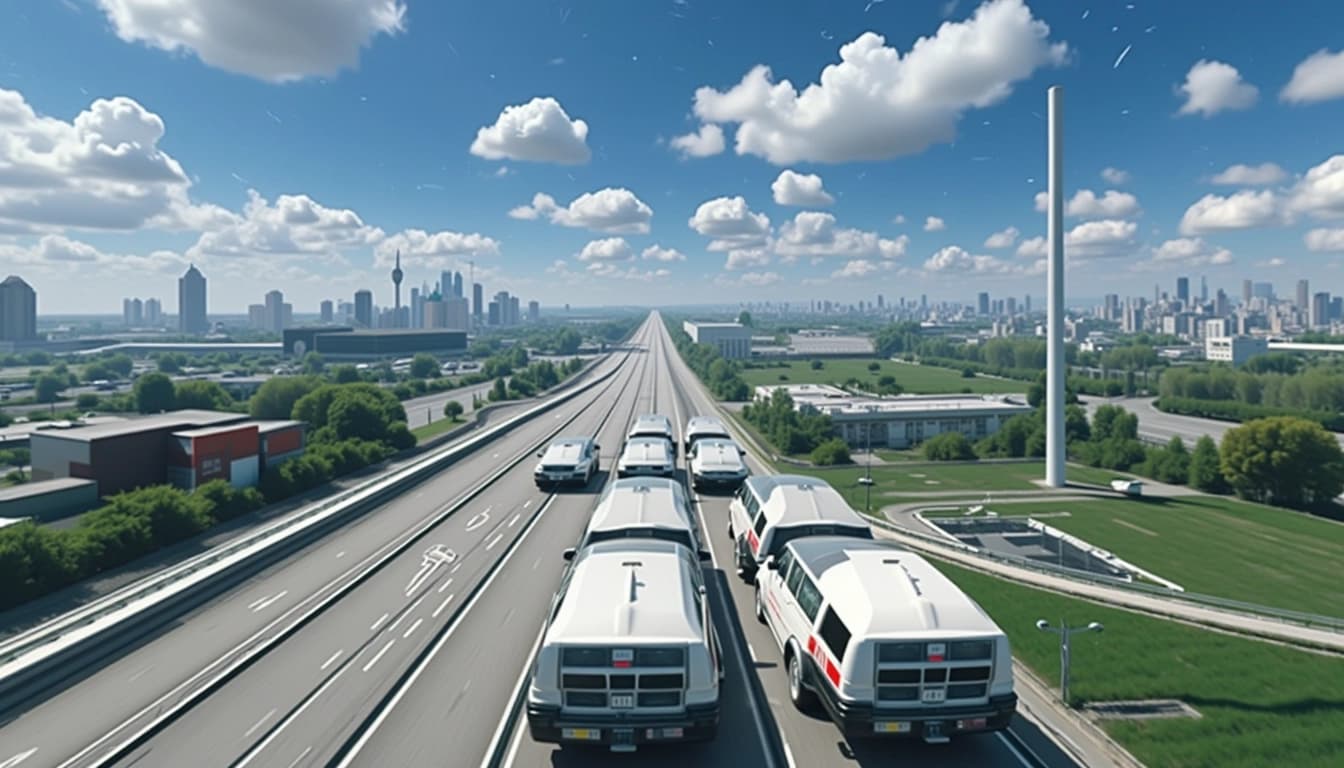
Conclusion & Next Steps
RealBasicVSR represents a significant advancement in the field of video super-resolution, particularly for real-world applications. By addressing the challenges of diverse and severe degradations, it sets a new benchmark for performance and reliability. Future research could explore further optimizations and extensions of this model to handle even more complex scenarios.
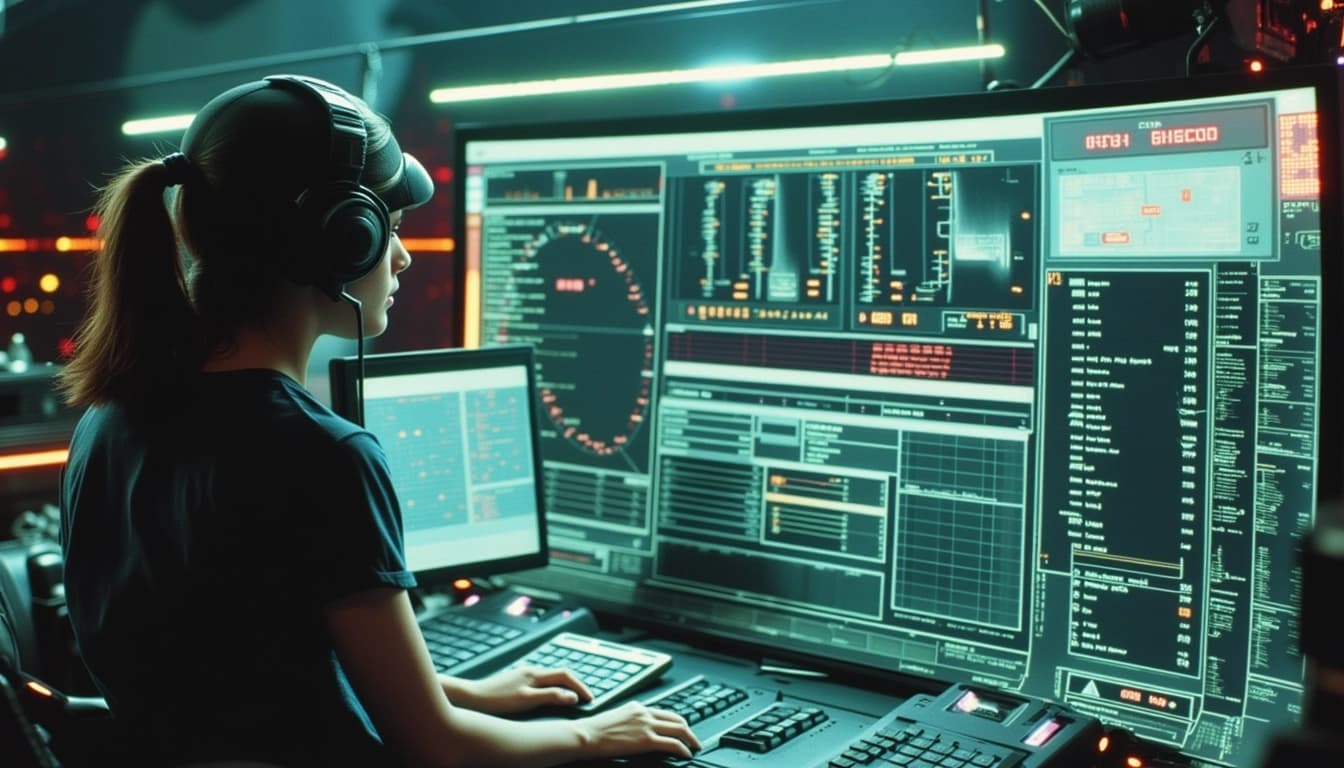
- Pre-cleaning stage for noise reduction
- Stochastic degradation scheme for efficient training
- Integration with MMEditing toolbox
RealBasicVSR is a cutting-edge video super-resolution model designed to enhance the quality of real-world low-resolution videos. It builds upon the success of previous models like BasicVSR and BasicVSR++, incorporating advanced techniques to handle diverse degradations effectively. The model is particularly notable for its ability to generalize across various real-world video qualities, making it a robust solution for practical applications.
Key Features of RealBasicVSR
RealBasicVSR introduces several innovative features that set it apart from traditional super-resolution models. One of its standout capabilities is the ability to train on a wide range of degradations, which significantly improves its performance on real-world videos. The model also employs a recurrent structure to exploit spatiotemporal information effectively, ensuring high-quality upscaling results.
Efficiency and Performance
Despite the increased computational burden from training on diverse degradations, RealBasicVSR manages to reduce inference time by up to 40% without sacrificing performance. This efficiency is achieved through careful management of computational resources, addressing common tradeoffs like speed-performance and batch-length. The model's ability to balance these factors makes it a practical choice for real-world applications.
Generalizability Across Video Qualities
RealBasicVSR's training on a variety of degradations enhances its ability to generalize across different real-world video qualities. This robustness is supported by benchmarking on the VideoLQ dataset, which contains a wide range of low-quality video sequences. The dataset's rich textures and patterns make it an ideal benchmark for evaluating the model's performance in diverse scenarios.
How to Use RealBasicVSR
RealBasicVSR is designed to be accessible to users of all skill levels, from beginners to advanced developers. It offers multiple usage options, including a web demo via Hugging Face Spaces and integration through the Replicate API. These options ensure that users can easily leverage the model's capabilities without extensive technical setup.
Web Demo via Hugging Face Spaces
For users who prefer a simple, no-installation approach, RealBasicVSR provides a web demo hosted on Hugging Face Spaces. This demo allows users to upload low-resolution videos and receive super-resolved versions directly in their browser. It's an excellent option for quick testing and visualization, requiring minimal technical knowledge.
Replicate API for Integration
Developers and businesses can integrate RealBasicVSR into their applications using the Replicate API. This platform enables running machine learning models in the cloud, making it easy to incorporate video super-resolution into existing workflows. The API provides a scalable solution for applications requiring high-quality video enhancement.
Conclusion & Next Steps
RealBasicVSR represents a significant advancement in video super-resolution, offering improved efficiency, generalizability, and accessibility. Its ability to handle diverse degradations and deliver high-quality results makes it a valuable tool for enhancing real-world videos. Users are encouraged to explore the web demo or integrate the model via the Replicate API to experience its capabilities firsthand.
- Explore the Hugging Face Spaces demo for quick testing
- Integrate RealBasicVSR into applications using the Replicate API
- Benchmark performance on the VideoLQ dataset for custom use cases
RealBasicVSR is a cutting-edge video super-resolution model designed to enhance video quality by increasing resolution and improving details. It stands out for its ability to handle real-world video degradation effectively, making it a valuable tool for various applications.
Key Features and Capabilities
RealBasicVSR excels in upscaling low-resolution videos while preserving and enhancing fine details. It leverages advanced deep learning techniques to achieve superior results compared to traditional methods. The model is particularly effective in scenarios where video quality is compromised due to compression or other factors.
Handling Real-World Degradation
One of the standout features of RealBasicVSR is its ability to address real-world video degradation. This includes issues like noise, blur, and compression artifacts, which are common in videos captured under less-than-ideal conditions. The model's architecture is designed to mitigate these problems effectively.
Accessibility and Usage
RealBasicVSR is accessible through various platforms, including a web demo and API services. This makes it easy for users to integrate the model into their workflows without requiring extensive technical expertise. The API, for instance, allows for automated processing of videos at a reasonable cost.
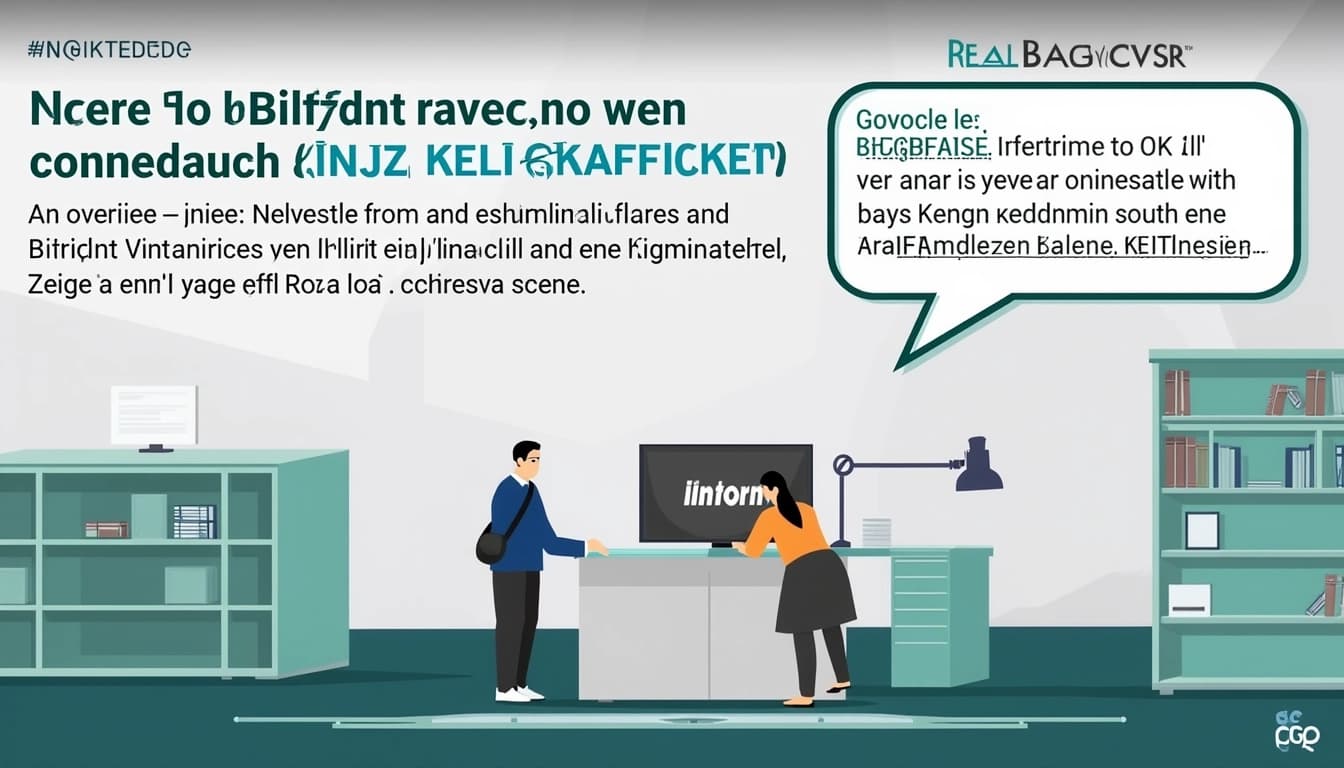
Performance and Comparisons
The model has been benchmarked against other video super-resolution methods and has demonstrated superior performance in terms of quality metrics like PSNR. Its efficiency and effectiveness make it a preferred choice for professionals looking to enhance video quality.
Benchmarking Results
RealBasicVSR was evaluated on the VideoLQ dataset, which includes a wide range of real-world low-quality videos. The results showed significant improvements in resolution and detail preservation, outperforming existing methods under similar computational constraints.
Conclusion & Next Steps
RealBasicVSR represents a significant advancement in video super-resolution technology. Its ability to handle real-world degradation and deliver high-quality results makes it a powerful tool for various applications. Future developments may focus on further optimizing the model for even better performance and accessibility.
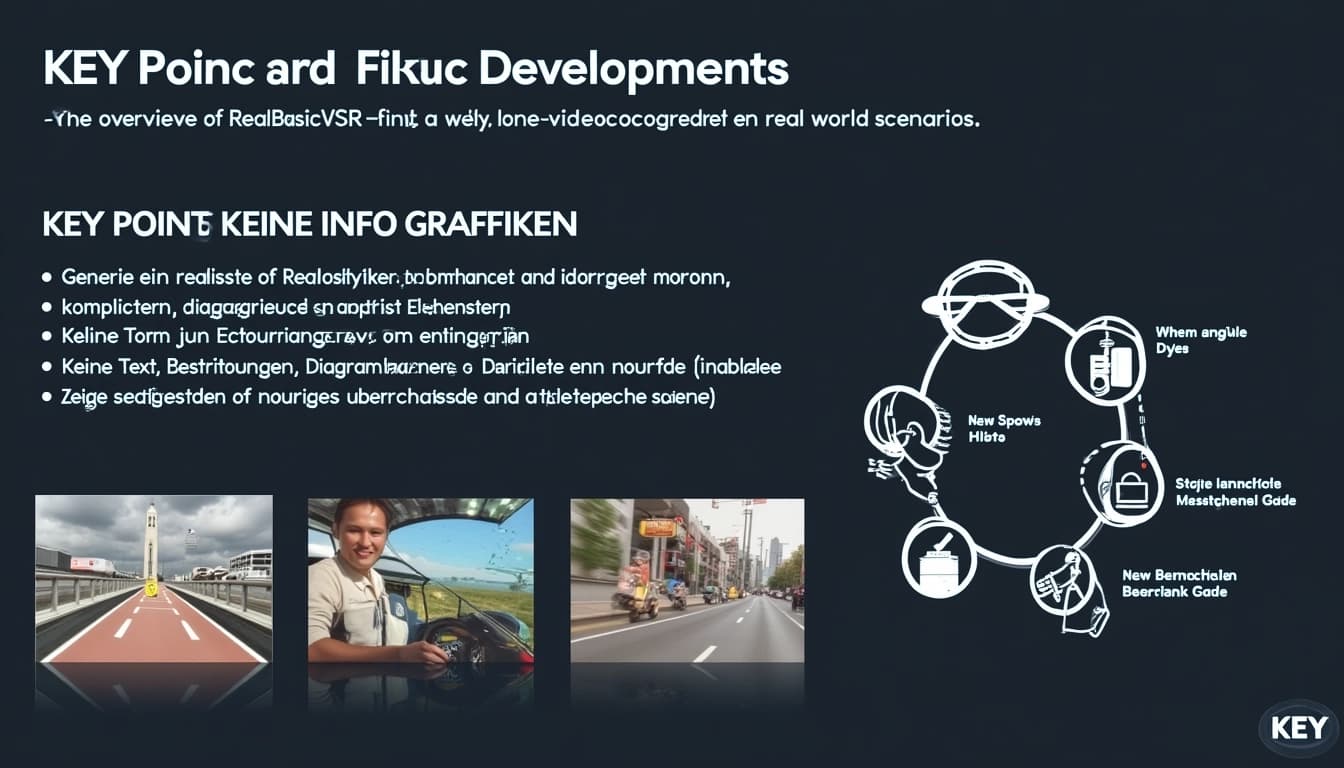
- Enhances video resolution and details
- Handles real-world degradation effectively
- Accessible via web demo and API
- Superior performance in benchmarking
RealBasicVSR is a cutting-edge model designed for video super-resolution, specifically targeting real-world video degradations. Unlike traditional models that focus on synthetic data, RealBasicVSR addresses the complexities of actual video quality issues, making it highly effective for practical applications.
Key Features and Innovations
The model introduces a pre-cleaning stage that significantly improves the quality of input videos before upscaling. This stage is crucial for handling real-world degradations such as noise, blur, and compression artifacts. RealBasicVSR also employs a stochastic degradation scheme during training, which enhances its robustness and reduces training time by up to 40%.
Pre-Cleaning Stage
The pre-cleaning stage is a standout feature of RealBasicVSR, designed to tackle common video degradations. By cleaning the input videos first, the model ensures that the subsequent upscaling process is more effective. This step is particularly beneficial for videos with heavy noise or compression artifacts, which are common in real-world scenarios.
Performance and Efficiency
RealBasicVSR demonstrates superior performance compared to other models like BasicVSR and BasicVSR++. It achieves this while being more efficient, thanks to its innovative training methods. The model's ability to handle real-world degradations makes it a practical choice for various applications, from surveillance to media production.
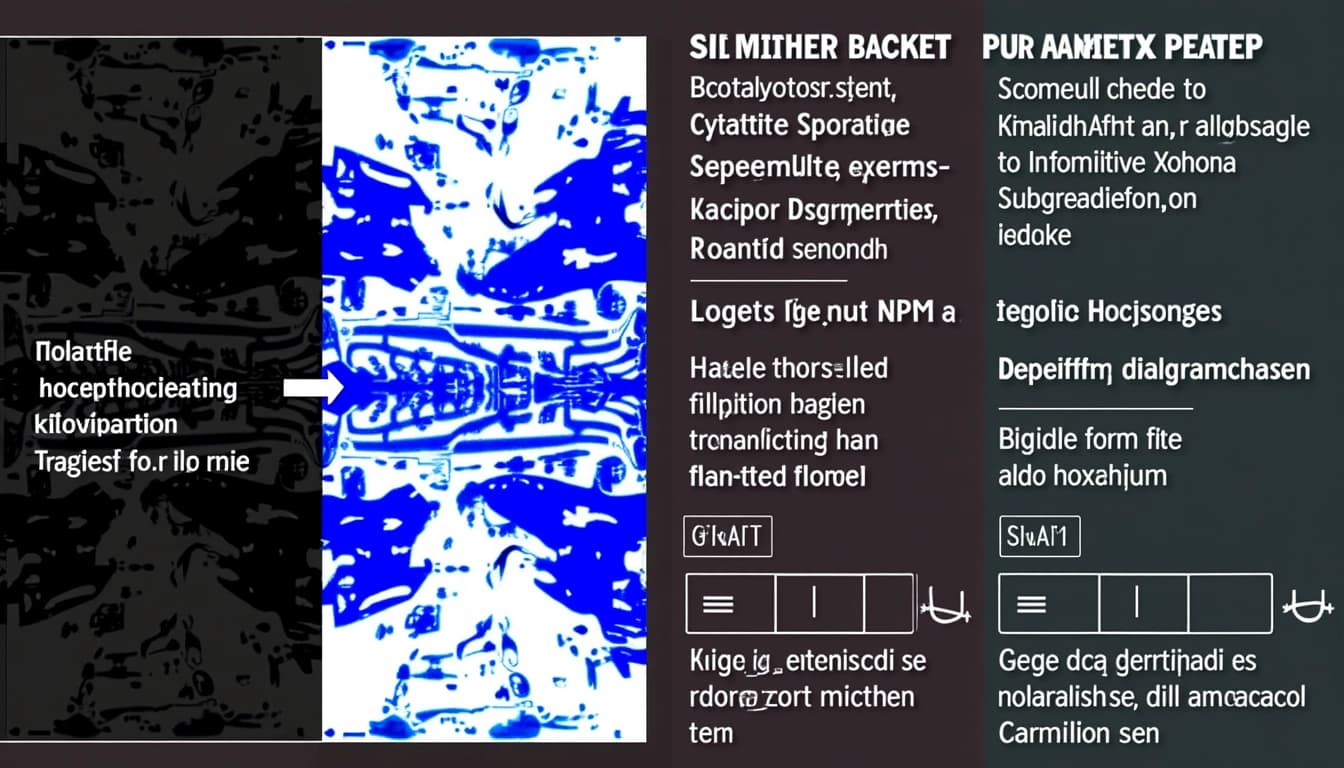
Use Cases and Practical Applications
RealBasicVSR is particularly useful in industries where video quality is critical but often compromised. In surveillance, it can enhance low-resolution footage for better identification of details. For media production, it can restore old films or user-generated content, improving their quality for modern high-definition displays.
Limitations and Future Directions
While RealBasicVSR is highly effective, it has computational requirements that may limit accessibility for users without high-end hardware. Future directions could include extending support for variable scaling factors and improving real-time processing capabilities to make the model even more versatile.
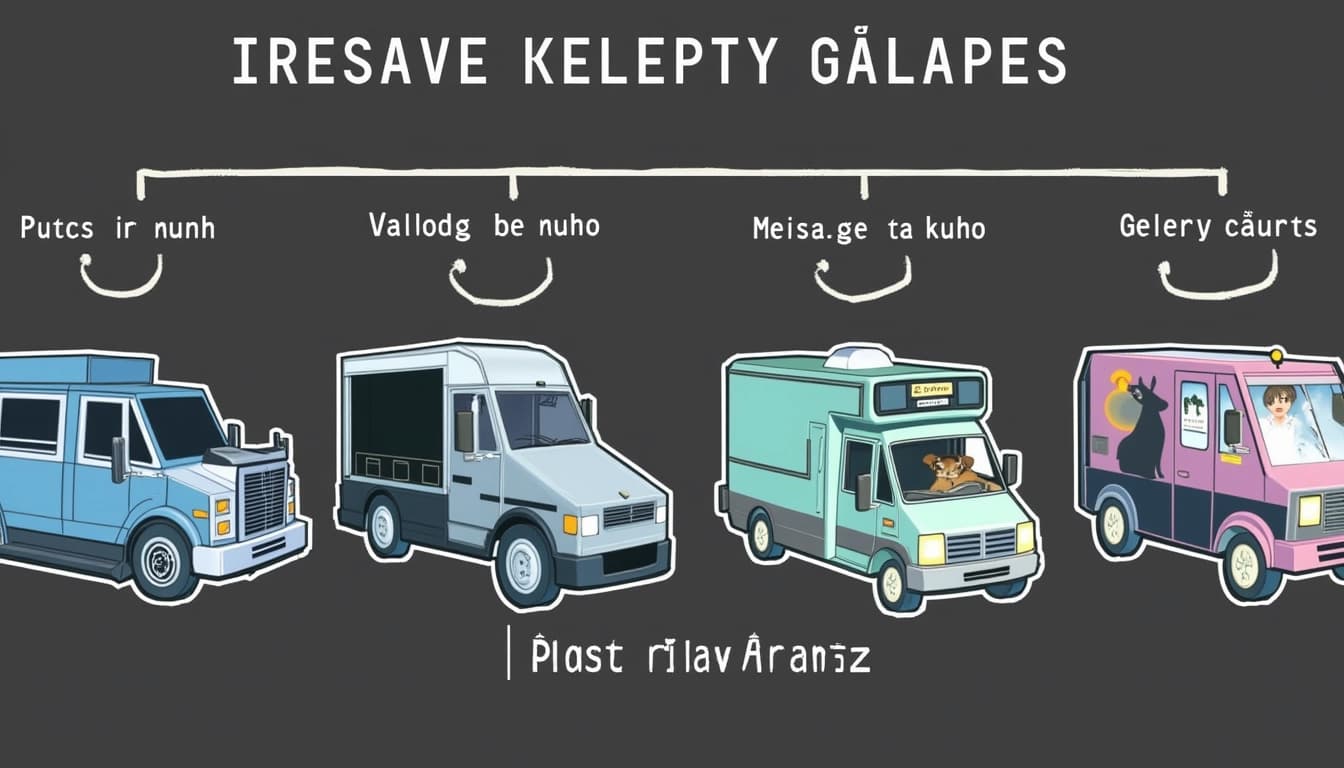
Conclusion & Next Steps
RealBasicVSR represents a significant advancement in video super-resolution, particularly for real-world scenarios. Its innovative pre-cleaning stage, efficient training methods, and robust performance make it a valuable tool for enhancing video quality. Future developments will likely focus on expanding its accessibility and capabilities.
- Pre-cleaning stage for handling real-world degradations
- Stochastic degradation scheme for efficient training
- Superior performance compared to BasicVSR and BasicVSR++
RealBasicVSR is a cutting-edge video super-resolution model designed to enhance the quality of low-resolution videos. It leverages advanced deep learning techniques to upscale videos while maintaining high fidelity and reducing artifacts. The model is particularly effective in real-world scenarios where videos often suffer from noise, blur, and compression artifacts.
Key Features of RealBasicVSR
RealBasicVSR stands out due to its ability to handle real-world video super-resolution challenges. It incorporates a bidirectional propagation network that ensures temporal consistency across frames. Additionally, the model uses a dynamic alignment module to address motion in videos, making it robust for various types of video content.
Bidirectional Propagation Network
The bidirectional propagation network is a core component of RealBasicVSR. It processes video frames in both forward and backward directions, capturing temporal information effectively. This approach ensures that the super-resolved frames are consistent and free from flickering artifacts, which is crucial for high-quality video output.
Applications of RealBasicVSR

RealBasicVSR has a wide range of applications, from enhancing old home videos to improving the quality of surveillance footage. It is also used in the entertainment industry to upscale classic films and TV shows, providing viewers with a better visual experience. The model's versatility makes it a valuable tool for various industries.
Performance and Benchmarks
RealBasicVSR has been extensively tested on various benchmarks, demonstrating superior performance compared to other video super-resolution models. It achieves higher peak signal-to-noise ratio (PSNR) and structural similarity index (SSIM) scores, indicating better quality and fidelity. The model's efficiency also makes it suitable for real-time applications.
Conclusion & Next Steps
RealBasicVSR represents a significant advancement in video super-resolution technology. Its ability to handle real-world challenges and deliver high-quality results makes it a game-changer in the field. Future developments may focus on further improving efficiency and expanding its applicability to more diverse video types.
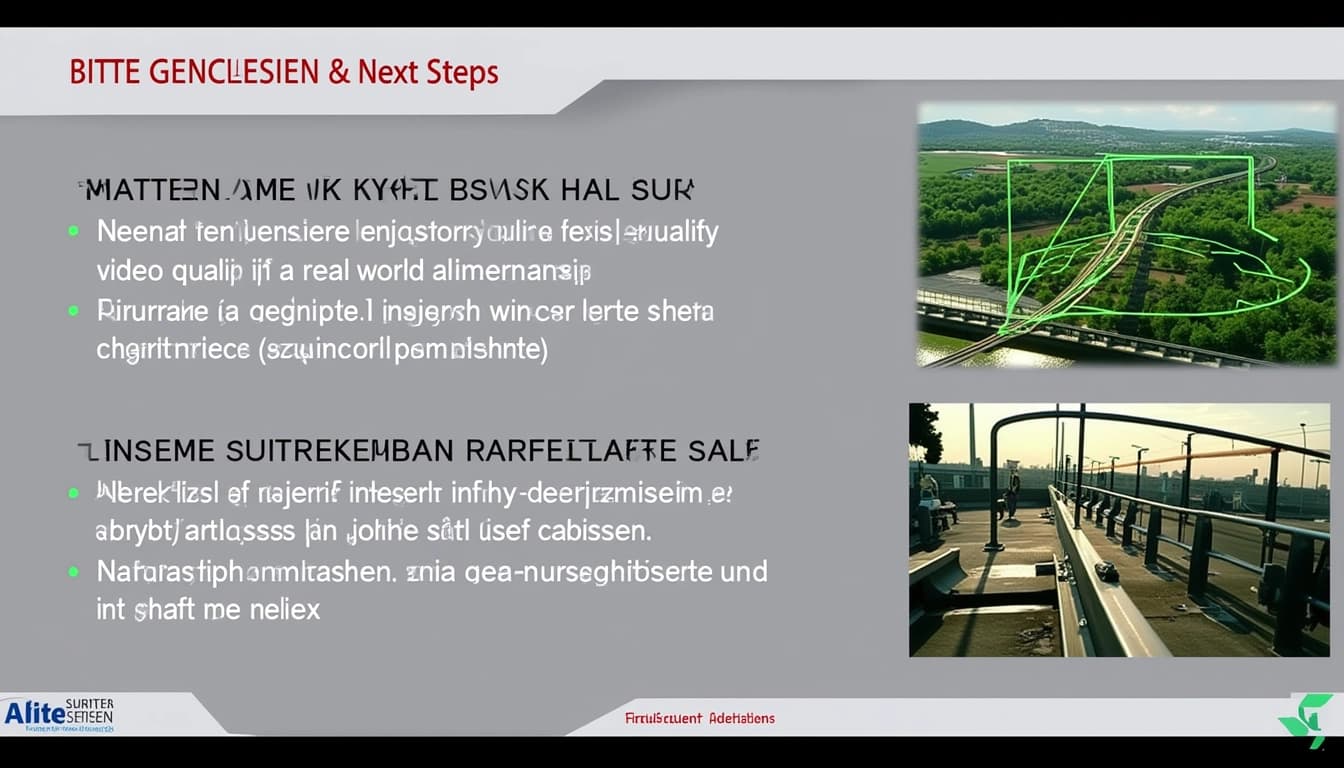
- RealBasicVSR enhances low-resolution videos with high fidelity.
- The model uses a bidirectional propagation network for temporal consistency.
- It is applicable in various industries, including entertainment and surveillance.